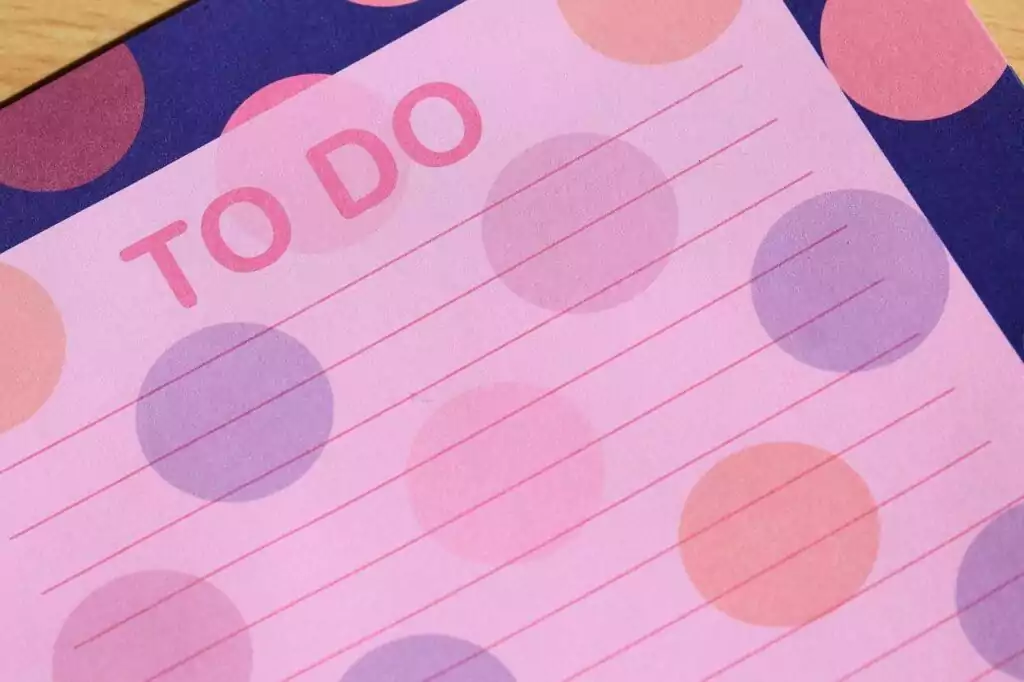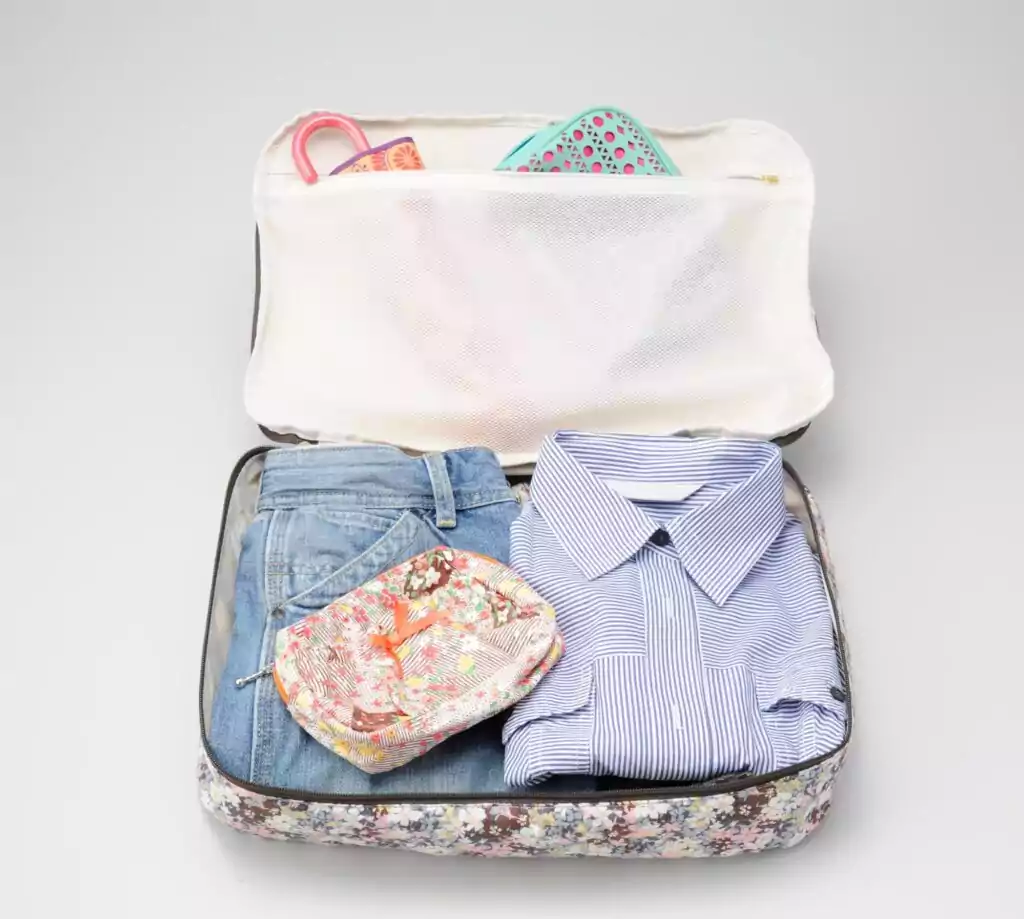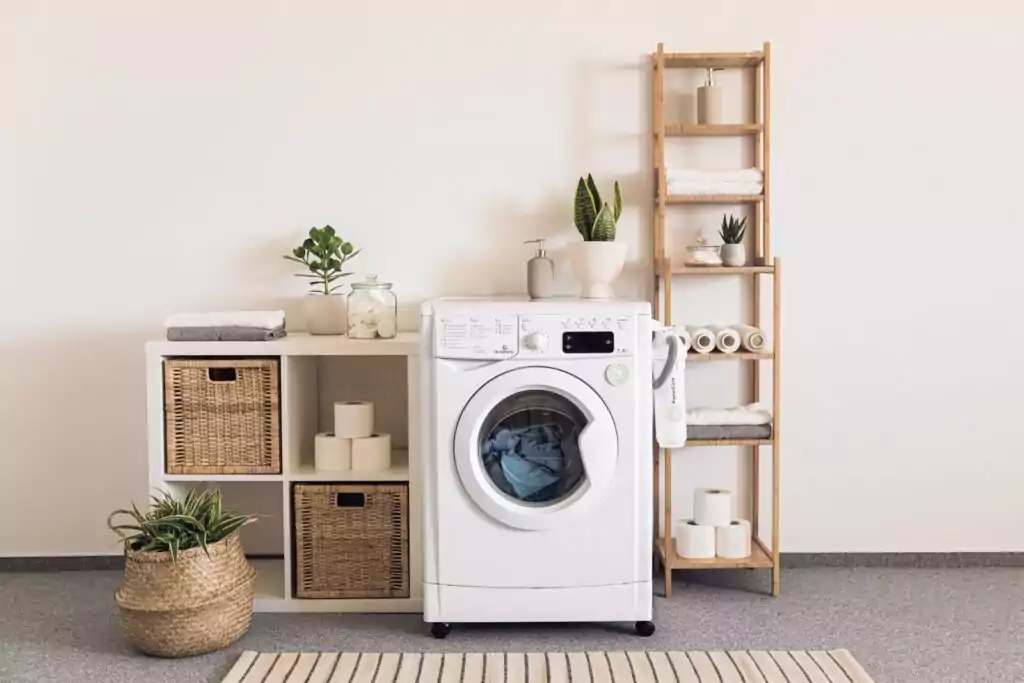Peak moving season in Japan usually starts in March. There are two reasons for this, the first being that the Japanese school year and business fiscal year kicks off in April; and the second being that a Japanese tradition states that moving on February 29th, the Leap Year Day, is considered lucky.
Known as hikkoshi in Japanese, moving is something that many people will have to face at least once in their lives; and there is a plethora of factors that can affect whether your move goes smoothly. To ensure you have everything you need to prepare for your move to have a great start in your new home, please read on.
Preparations

The key to a smooth moving experience is preparation and organization. Keep your eye on the ball and stay ahead of the game by coming up with a moving to-do list – what do you need to do before, during, and after you move?
One of the first things to consider is whether or not you need professional help in moving your belongings. If you’re single with meager earthly possessions and are not moving too far from your current location, you may want to consider moving things into your new place a few items at a time. You could also enlist the help of family and friends to help you move. If you’re moving as a couple or a family, then hiring a moving company will help alleviate some of the stress and heavy lifting. Depending on your budget, there are moving companies that will either simply come to collect, drive, and deliver your belongings to your new abode; or do the packing, moving, and unpacking process for you.
The next thing to consider, which can help or hinder the first point above, is what you want and need to bring with you. Moving provides a great opportunity to downsize and take stock of your current belongings. Create an itinerary of things in each room – bedroom, kitchen, closet, living room, etc. and divide them into the following categories: a) Keep; b) throw; c) donate; and d) sell. Throwing away or donating items you no longer use or need; it helps reduce how much you need to pack. Selling items, you no longer need, or use can earn you some extra pocket money that can go toward your moving budget.
When you’ve taken stock of your belongings and decided what to keep, sell, throw, or donate, what you need next is to purchase some packing materials such as packing tape, bubble wrap, packing peanuts, and moving boxes. If you’re going with a moving company, they may provide these items to you for free but if the moving company you chose doesn’t provide this service or you’re not using a moving company then head on down to one of Japan’s numerous 100-yen stores. You can also save a bit of money by getting cardboard boxes from supermarkets and pharmacies for free.
Carry-on Bag

Unless you’re using a moving company that provides the additional unpacking service, chances are, you won’t be able to unpack every single box on your first night at your new place. In fact, according to American packing materials company, Duck Brand, it takes an average of 182 days for people to unpack fully – that’s over 6 months!
Thus, to minimize the annoyance and frustration of trying to find your toothbrush, bed linens, cutlery, etc. in one of your many boxes on your first night, pack a carry-on bag with some essentials necessary to make your first night at your new place an easier experience. It’s not dissimilar to if you’re going away for the weekend or on a short trip. In your carry-on bag, you should probably pack the following:
- Toiletries bag
- Set of pajamas
- A set of clothes for the next day
- Bed linens if you have a Western-style bed
- A cutlery and silverware set for dinner
- Chargers and cables for your essential electronics and gadgets
You can also minimize digging through multiple boxes in a futile attempt to find the item you’re looking for by packing items for the same room in the same box and then labeling it “Bedroom”, “Kitchen” etc. You can even go one step further by jotting down a general list of the items in that box on the side.
Must Haves for Your Apartment

Even though furnished apartments do exist in Japan, its more common for them to come unfurnished, to the point where there might not even be a stovetop, light fixtures, or an air conditioning unit. Village House, however, is one of the rental property organizations that does provide various add-on options to their unfurnished apartments such as A/C units and stovetops. These add-ons only come with a small fee and can spare you from having to purchase these costly appliances.
Depending on whether your apartment comes furnished or unfurnished, some must-haves you’ll need for day-to-day living can include:
- Bathroom essentials (toilet cleaner, toilet plunger and brush, toiletries, toilet paper)
- Kitchen essentials (kitchenware and cutlery, dishwashing liquid and sponge, kitchen cleaning products, hot plate or stovetop)
- Bedroom essentials (futon or mattress, bed linens, blankets, duvets, pillows, curtains, hangers)
- Living room/dining room essentials (desk and chair, desk lamp, curtains, A/C unit)
- Household appliances (vacuum cleaner, mop, coat rack, doormat, laundry pole, clothes pegs, washing machine)
Optional Things
Once you’ve kitted out your new apartment with the essentials, you can then use the rest of your moving budget for purchases that may be considered an indulgence. Do you really need a flat-screen OLED display smart TV when you’ve already got a laptop or desktop? Probably not but if it’s within your financial means and you’re an avid film lover or gamer, having a TV can elevate your movie-watching or game-playing experience. Do you need a toaster oven when you have a microwave? Perhaps not but if cooking is a hobby of yours and baking is something you’ve always wanted to take up, then it might be a worthwhile investment.
Home Appliances

Furnishing your new apartment, especially one that is unfurnished, can really put a dent in your budget, especially when it comes to purchasing home appliances and furniture. While you can go the minimalist route and forgo luxuries like a bed frame, couch, vacuum cleaner, coffee maker, etc., there are things that will prove a necessity such as a futon or a mattress, a stovetop or microwave for cooking and heating up food, and at the very least, a table to eat at and do work on.
You also have to take into account the size of your apartment – are you able to fit all the furniture and appliances you want and need without making the space feel cramped? If you’re moving from overseas, will your home appliances be useable due to the voltage difference?
Deciding what home appliances and furniture you’ll need will be dependent on each individual, but you can cut costs and save money by shopping at your local secondhand stores, checking out the 100-yen stores, or scouring online classifieds websites such as Mercari and Craigslist for free items that people may give away. You can also opt to rent with agencies like Village House which provides tenants with “add-on options” for some appliances in return for a small increase in rent.
Related articles:
- The Quintessential Moving Day Guide
- Stress-Free Moving: Essential Tips for Packing Like a Pro!
- 5 Ways to Dispose of Unwanted Household Items Before Moving
- Do You Need To Greet Your Neighbors When Moving Into A New Apartment? Top Five Things You Need To Know!
- Living Alone for the First Time: 5-Step Guide to the Process from Searching for a Room to Moving in



